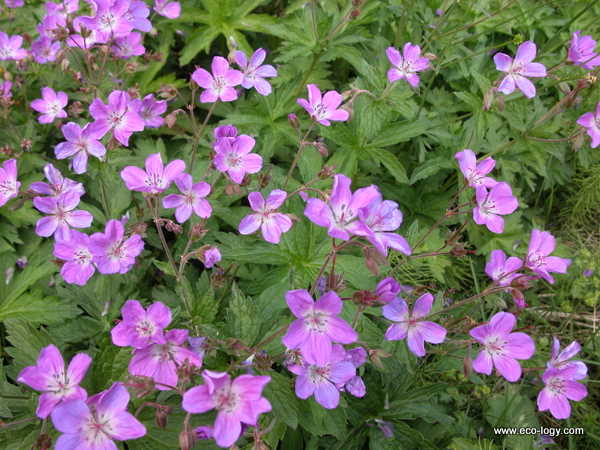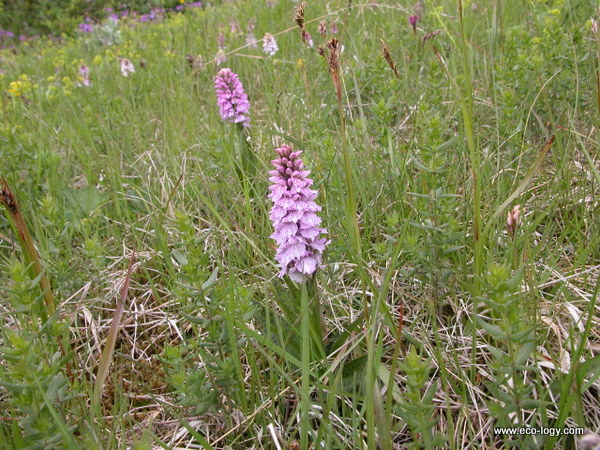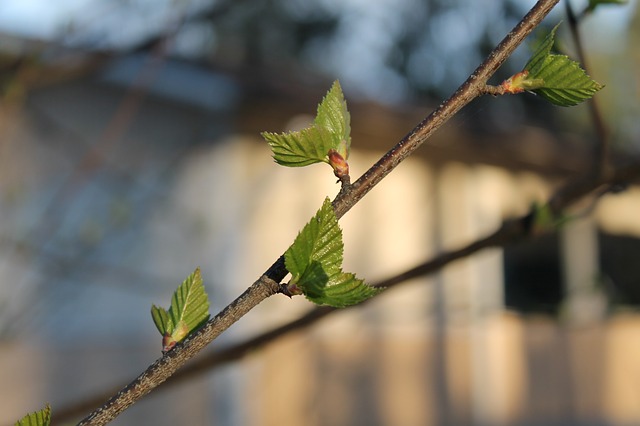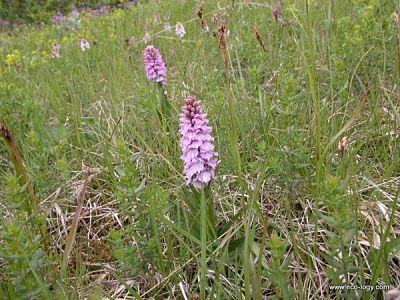Conservation of Passiflora
Biodiversity of plants is high in Corcovado National Park (8°28'N, 83°36'W) in Costa Rica due
to: (1) Heterogeneous topography and geology, (2) a past history of farming in
1945-76, (3) an exposed coastal location and (4) pronounced wet and dry seasons.
The park now occupies over 545 km² of the largest extant rainforest on the
Pacific coast of Central America.
Light levels and precipitation differ strongly between the wet and dry seasons,
but the average temperature (25-27°C) changes little. During the wet season
(May-December) of 1995 gap formation was common particularly in secondary growth
and on ridge tops.
The study species, Passiflora vitifolia (Passifloraceae) is one of over a
dozen woody vines in the genus Passiflora in the park. The main growing
season for P. vitifolia is during the wet season, but flowering occurs in the
dry season. P. vitifolia grows in forest gaps and secondary growth. Other
Passiflora species in the park are: P. ambigua, P. auriculata,
P. coriacea, P. costaricensis, P. lancearia, P.
eueidipabulum, P. lobata, P. menispermifolia, P. pittieri, P. "pseudooerstedii",
P. quadrangularis, and P. talamancensis.
Habitat requirements appear to differ among the Passiflora species. Flea
beetles (Chrysomelidae; Alticinae) feed on plants in the genus Passiflora.
Flea beetles in the genus Monomacra are common on P. vitifolia;
the beetles feed on plant foliage, particularly new leaves.
In this study, both habitat and herbivory by flea beetles (Chrysomelidae;
Alticinae) influenced the growth of P. vitifolia. Growing conditions for
P. vitifolia were unfavorable in 1995 as compared to 1993 and 1994 as
shown by net leaf loss both in the early and late wet season. Early in the
season, increased herbivory by beetles resulted in increased leaf loss on the
plants. However, a similar increase in leaf loss due to herbivory was not
detected in the late season when adverse physical conditions may have
contributed to the leaf loss.
Microhabitat variation in soil nutrients may explain some of the variation in
leaf loss. P. vitifolia lost fewer leaves when growing in nutrient
(calcium and magnesium) rich soils.
Experimental studies indicate that herbivory pressure by flea beetles depends on
the clonal origin of P. vitifolia. Further studies are needed to define
the genetic component of plant resistance to herbivory. An experiment on induced
growth responses to beetle herbivory showed that plant growth was reduced in
response to previous damage to apical buds.
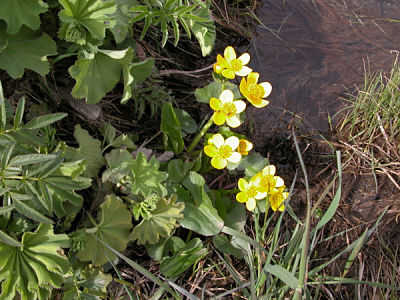


Fáðu nýjustu fréttir og tilboð frá Þund!
Get updates and special offers from Thund!


